The story of Noah’s Ark is perhaps one of the most universally known Bible tales. The biblical patriarch used his enormous vessel to allow his family and a menagerie of animals to survive a great flood and repopulate the earth in its aftermath.
Researchers examining a peculiar geological formation in modern Turkey believe they may have in fact found the remains of Noah’s Ark, which would shine a whole new light on our understanding of the ancient world.
Biblical Flood

The story of Noah’s Ark is one of the more memorable tales from the Bible. Ahead of a great flood, God chooses a man and instructs him to build an enormous boat and populate it with two of every animal, alongside his family.
The story goes that God observed man’s corruption, violence and weakness. Abhorred by the actions of his creation, God looked to wipe the slate clean with a cleansing flood and restore man’s goodness.
Hunt for the Ark
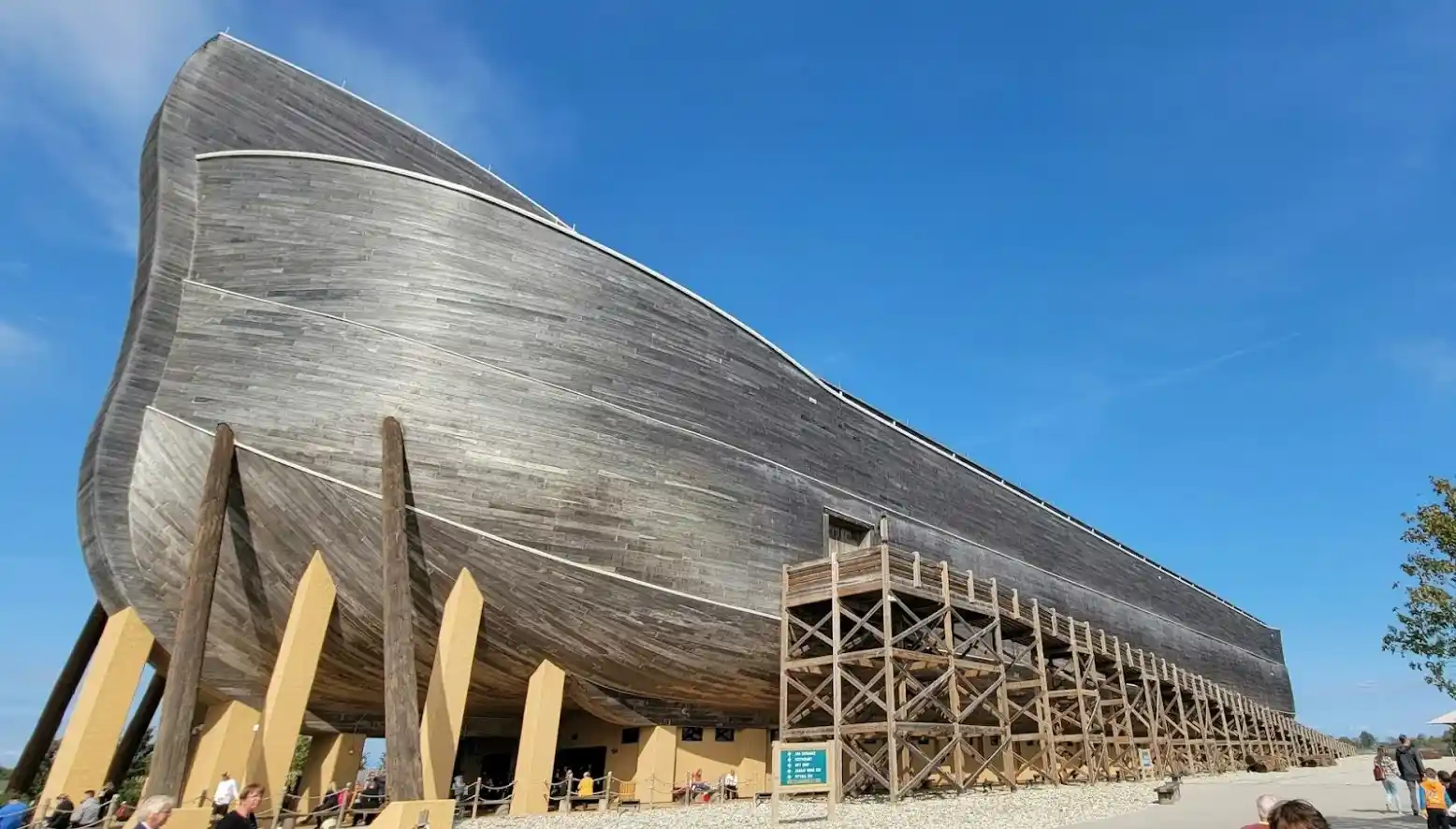
The story is known all around the world. Many view it, along with other stories in the bible, as simple metaphor and myth, perhaps inspired by some natural calamity like a devastating flood of some kind.
Others believe the event occurred exactly as described in the Bible, and finding the remains of the Ark would prove their stance correct. Scholars, archaeologists and even amateur adventurers have tried, and failed, to locate the Ark over the years.
The Ark’s Location
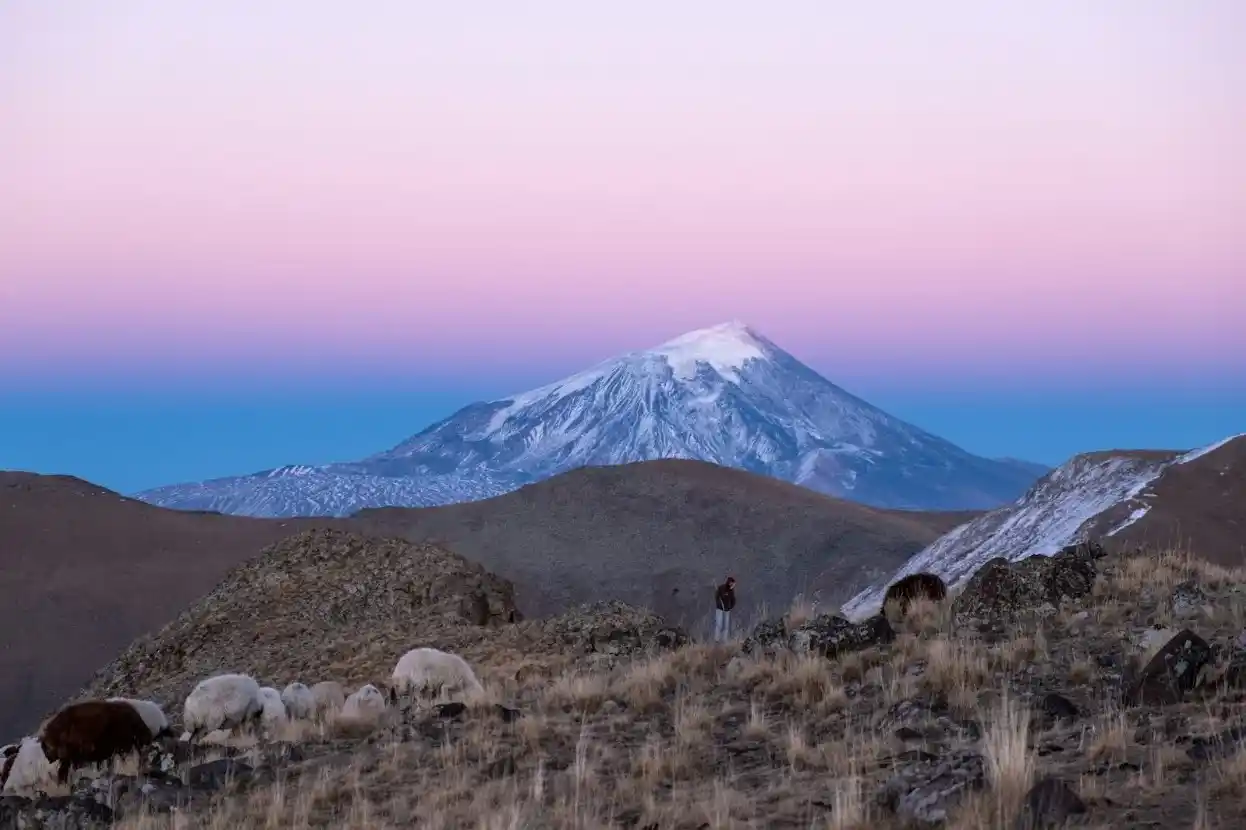
The Bible states that the Ark arrived on Turkey’s “mountains of Ararat” after the 150-day flood sent by God. Since 2021, archaeologists have been working at a geological formation in the Doğubayazıt district of Ağrı in eastern Turkey, which aligns well with the description in the Bible.
The Durofeiner formation looks, from above, to have a boat-like outline. Some suggest this could in fact be the fossilized remains of the Ark.
Why Is The Formation Here?
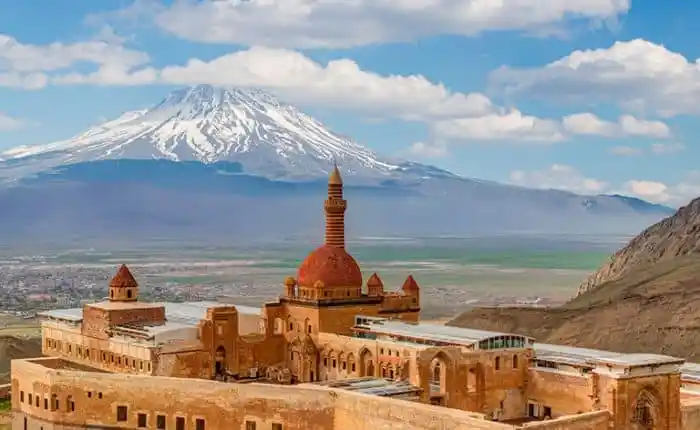
The zone of interest within the Ararat mountains is the Doğubayazıt district of Ağrı.
The reason for this is because it is in that area that the highest mountain peak in the country stands at 16,500 feet. The formation also has a curve with it that would fit a giant sea vessel inside. This is where the year-long analysis of the site began.
Noah’s Ark Research Team
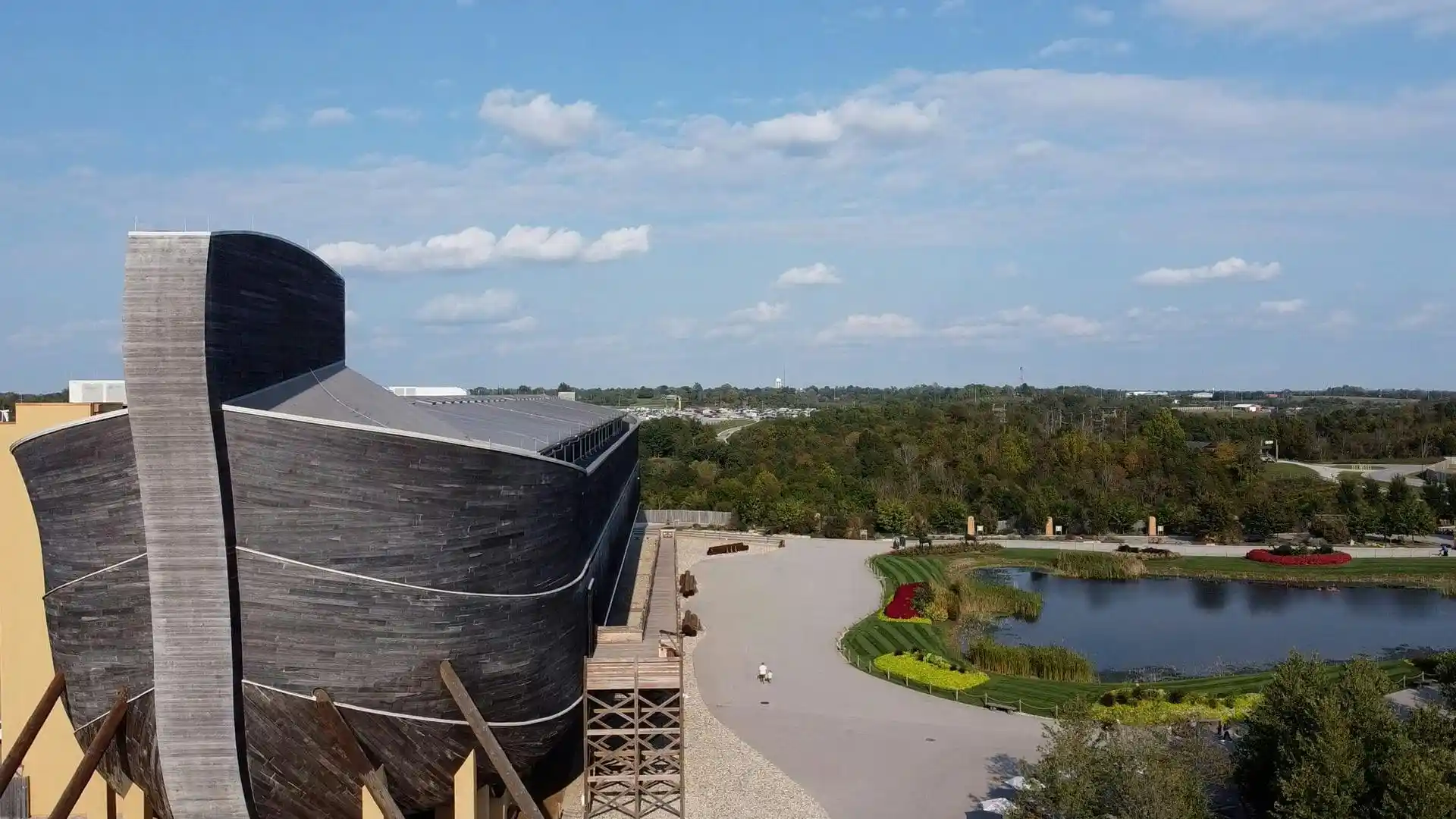
Many have believed Mount Ararat to be the Ark’s final resting place for some time now. Recent work at the Durofeiner site has been carried out by a collaboration between Turkish and American universities, the “Mount Ararat and Noah’s Ark Research Team.”
Researchers have taken samples from the rock formation, and tests revealed seafood, clay and marine materials. Some claim this as evidence of human activity in the region.
Age of the Site

The 500-foot-high rock formation sits just 3 miles from the Turkey/Iran border. It’s composed primarily of limonite.
Researchers have determined that test samples from the site are around 3,500 to 5,000 years old. Biblical archaeologists and scholars put the time of the 150-day flood from the Noah’s Ark tale at around 3,000 BC, meaning the samples align well with this time frame.
The Establishment Of The Site Goes Back Decades
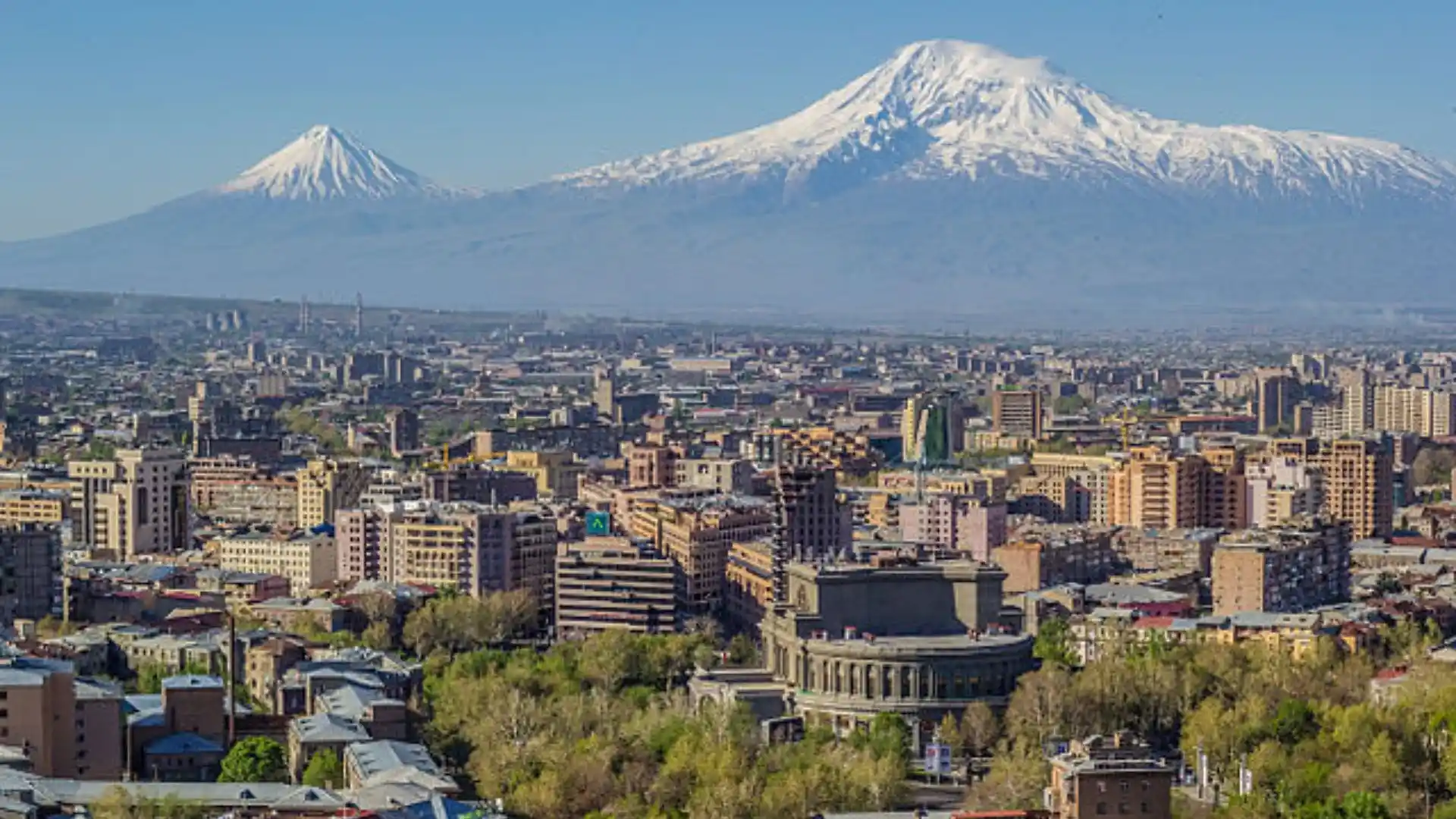
The Durofeiner site is 18 miles south of the Greater Mount Ararat summit where the ark came to rest on the seventh month and seventeenth day of the flood, according to the Book of Genesis.
The site was discovered by a Kurdish farmer in 1948 before Ilhan Durupinar, a Turkish army captain, identified the site in 1951 as he was flying over the site on a NATO mapping project.
The Site Could Fit A Huge Ship Inside
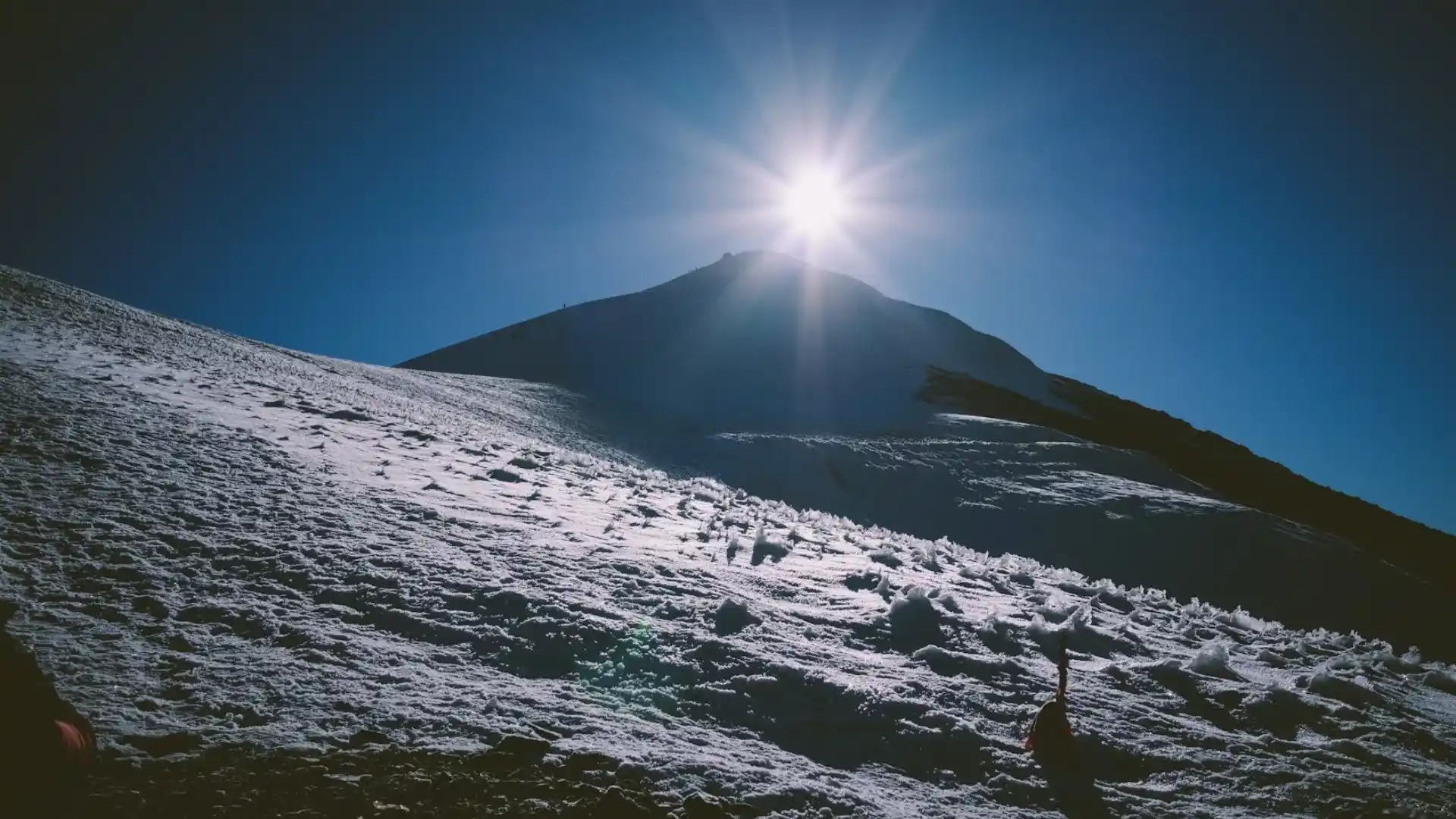
The importance of the site is the colossal ridge in the earth that seems uncannily ark-shaped. Not only is the shape of interest to the researchers, it is also the magnitude of its scale.
The curvature of the site matches sheer size of the Ark as described in the Bible, which is believed to be approximately 515 feet long, 86 feet wide, and 52 feet high.
Human Activity in the Region at the Time of the Flood

Dr. Faruk Kaya of the Agri Ibrahim Chechen University claims the data gathered from the samples is proof of human activity in the area during the period following the biblical flood.
In her words: “According to the preliminary findings of our research, we believe that human activity occurred in this region during the Chalcolithic period (Stone and Copper Age), specifically between 5,500 and 3,000 BC.”
Too Early to Draw Conclusions

Dr. Kaya was careful to stress that while these findings are promising for Ark hunters, they are far from conclusive, and it’s too early to tell whether they could lead to the discovery of Noah’s Ark.
In the same study, Dr. Kaya says: “Noah’s flood is believed to have taken place 5,000 years ago, and our findings indicate the presence of life in this region during that time. However, it is too early to draw definitive conclusions.”
Carbon Dating May Not Prove The Ark Was There

As sensational as the discovery would be, Faruk Kaya encourages us not to get carried away with the findings of human activity on the Durofeiner site.
“With the dating, it is not possible to say that the ship is here,” she said to Hurriyet, a Turkish newspaper. Kaya said a joint study between ITU, Andrew University, and AICU will continue researching the site for Noah’s Ark for the foreseeable future.
Dispute of the Findings

Not everyone supports the suppositions of the Mount Ararat team, and many geologists in particular have pushed back against their claims. Far from being evidence of human activity, they believe the formation at the Durofeiner site is simply ancient rocks.
It would take something far more substantial than the current findings to convince many in the geological community that researchers have found the fossilized remains of Noah’s Ark.
Flood Myths and Actual History

Many ancient cultures share narratives of massive, cataclysmic floods. They likely represent a shared symbolic representation in mythical narratives of survival, rebirth and intervention of the divine.
These stories may indicate how ancient cultures responded to natural disasters. If we examine flood myths alongside geological evidence, we can start to get an idea of what actually happened and what is mythical embellishment.
This Might Not Have Been The Biblical Flood
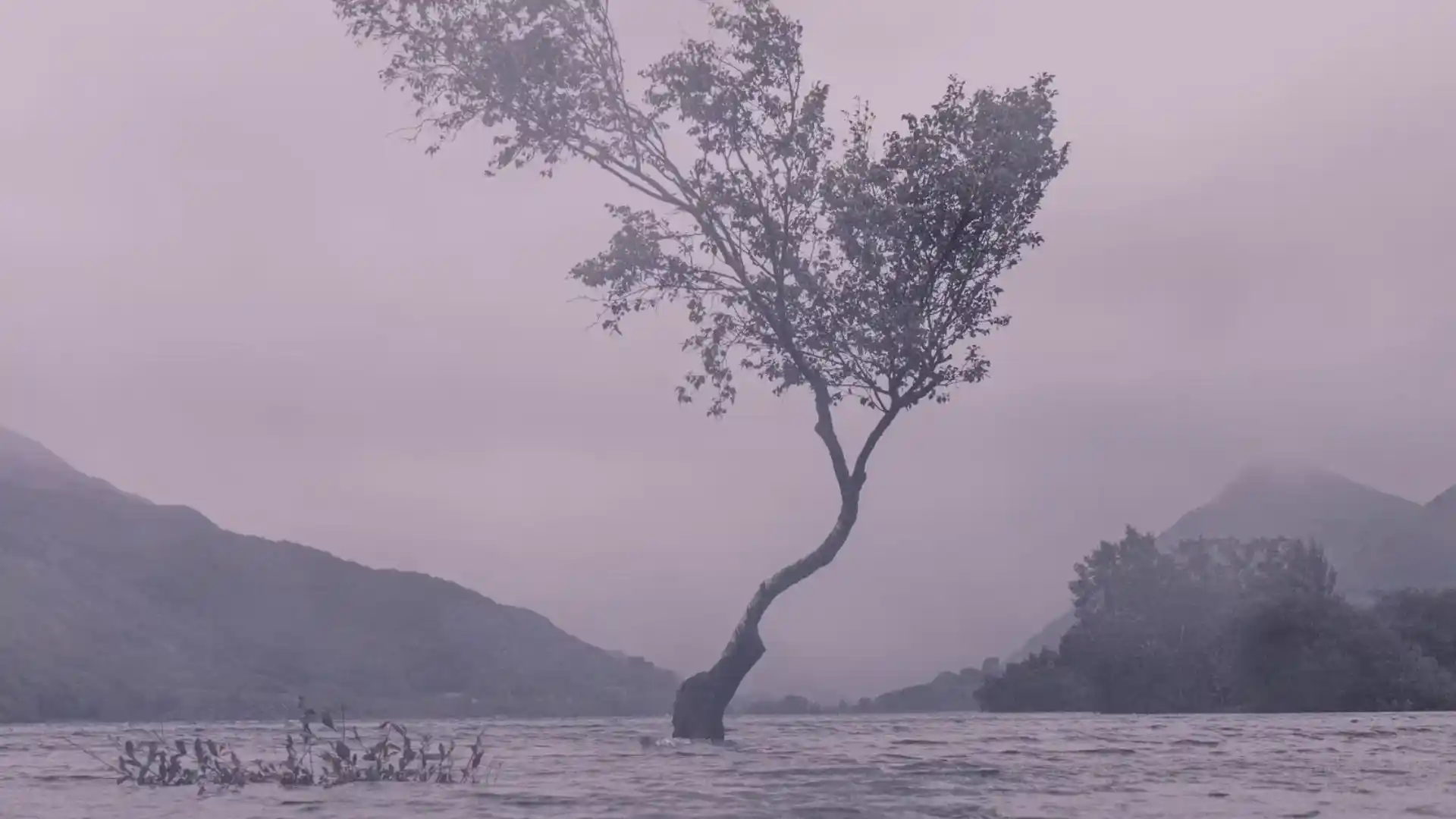
Proof that there was human activity at the site within the key timeframe does not make the Biblical account true.
Archaeologists have reiterated for years that the formation is a natural occurrence rather than that of a petrified shipwreck. There is still no geological record of a global flood as described in the Bible. Although, it is debated whether a more local flood from the Black Sea did occur.
Ararat Is Not The Only Proposed Site Of The Ark
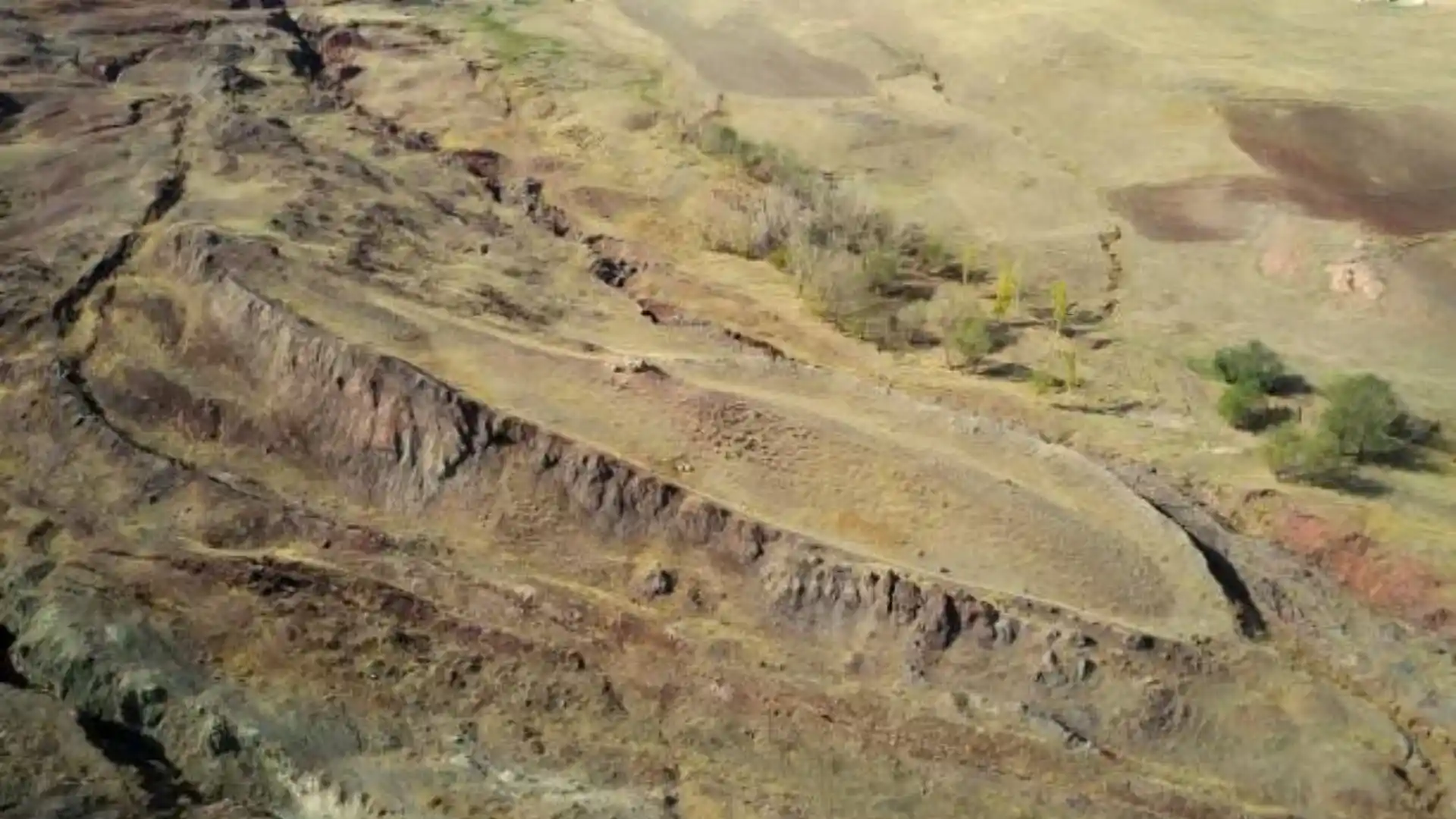
Despite the apparent progress in pinning down the resting site of Noah’s Ark, the Ararat Mountains are not the only place that is thought to be the ark’s location.
Some believed a localized flood did happen in the Middle East, but whether the flood happened in regions around the Black Sea or the Persian Gulf 7,500 years ago continues to be debated.
Future Research

Source: Dan Dimmock/Unsplash
Through multidisciplinary research of things like the Durofeiner site by archaeologists, Bible scholars and geologists working in tandem, we may be able to start to recontextualize the myth of Noah’s Ark into an established, historical narrative.
Researchers are far from done with the Durofeiner site and are planning excavations to conduct detailed analysis and hopefully uncover new artifacts. They hope to get greater insight into the history of the region, particularly ancient civilizations in the area, and hopefully firmly establish the existence of Noah’s Ark.
Risk Of Taking The Bible Too Literally

Source: Unsplash+/Unsplash
There are a variety of reasons that others are disputing the research group’s findings. Evidence of human activity or a ship does not immediately point to the presence of Noah’s Ark or a Biblical global flood.
Even creationists like Dr Andrew Snelling claim Mount Ararat cannot be the site of the ark as the mountain had not formed until after the flood waters receded. Most scholars and archaeologists advise against interpreting Biblical stories literally.
Transparency Is Key in Future Research

Source: Ben White/Unsplash
Whatever the findings at the Durofeiner site ultimately mean, future research is probably warranted. It will be crucial to keep this research transparent, though, so that it’s properly framed.
Things can sometimes get contentious when science meets faith. Having a multidisciplinary team can help to give findings proper context without a skewed narrative one way or the other. If findings don’t completely support the myth of the great flood and Noah’s Ark, there is still meaningful significance to finding proof of human activity in an area of biblical importance.
An Opportunity For Tourism

The potential to invite both Turkish and foreign tourists to such an important historical site is not lost on the authorities in Ağrı.
While there is already a national park in the Doğubayazıt district because of the archaeological site, a Turkish company, Dosso Dossi Holding, and the Ağrı government have collaborated to build a Noah’s Ark museum in the Telceker village. The museum was supposed to open this year.
A Museum Will Bolster Existing Tourism In The Region
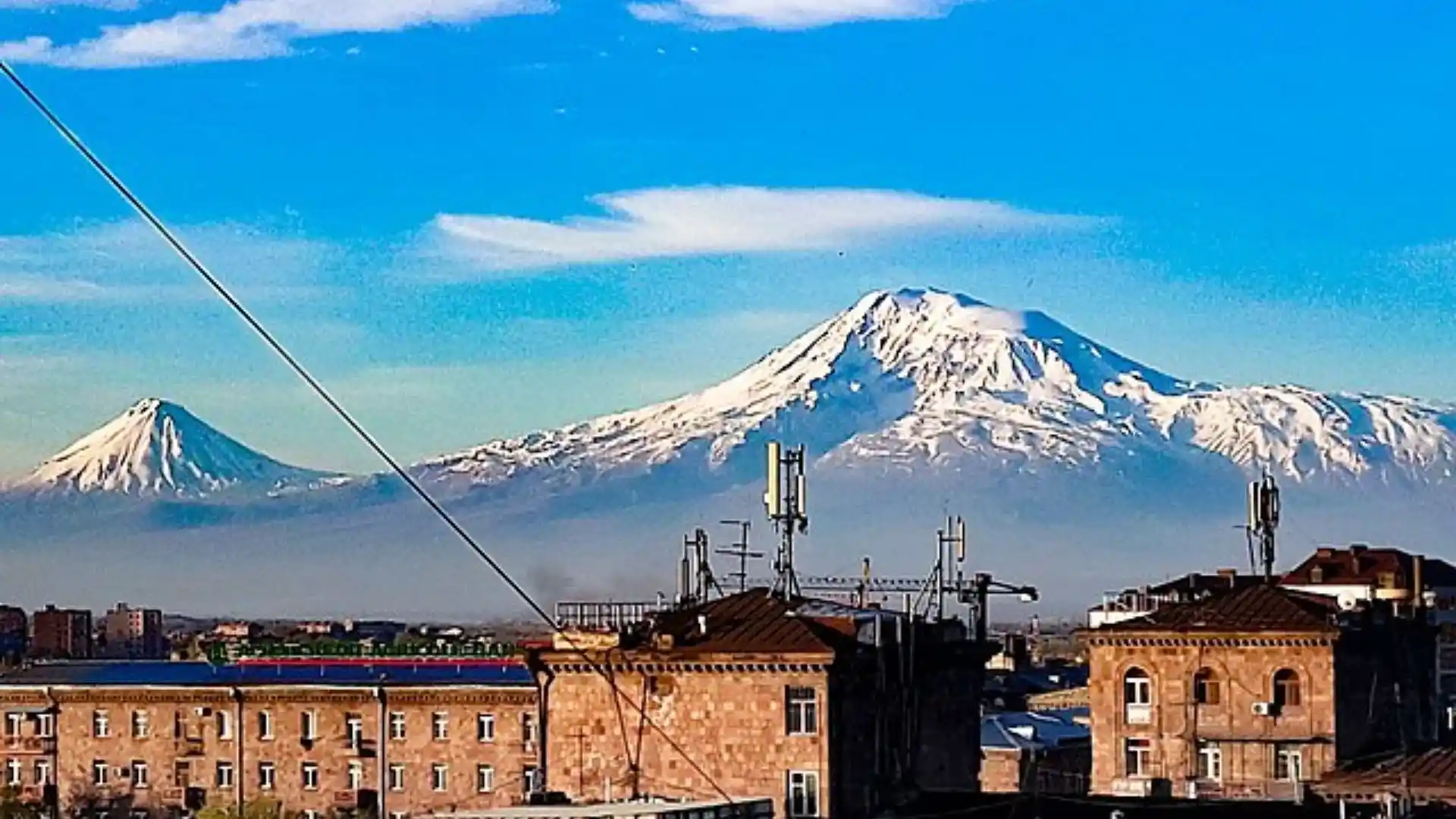
The area already attracts thousands of internal and foreign tourists every year because of the religious and spiritual significance of the site. The museum’s foundation was established last July and should be brought into operation this summer.
While Hikmet Eraslan, chairman of the Dosso Dossi holding board, is optimistic on the commercial return, Governor Osman Varol said that the museum will bring additional vluae to the city.
Ararat Is Not The Only Tourist Site Around Noah
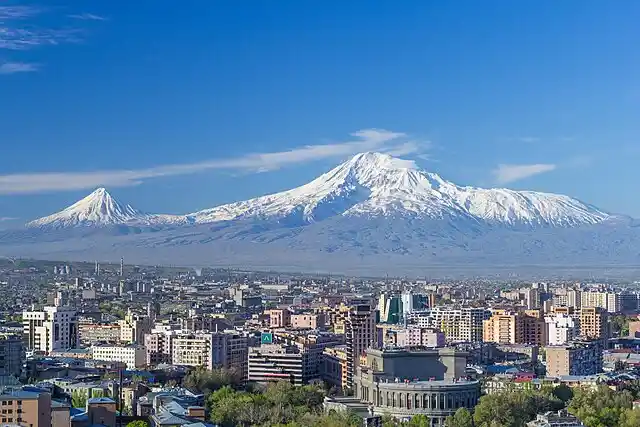
Other significant sites for the tourism based around the prophet Noah are Şırnak city or the nearby Hakkâri province. Close to the Syrian border, Şırnak is said to be the home of Noah’s tomb.
However, the Turkish Foreign Office has recently warned tourists not to travel to these regions unless it is essential. This is because of the heightened danger of terrorism due to recent fighting between the Turkish forces and PKK, a militant Kurdish independence group.
The Ark Site Might Be A Safer Option For Tourists
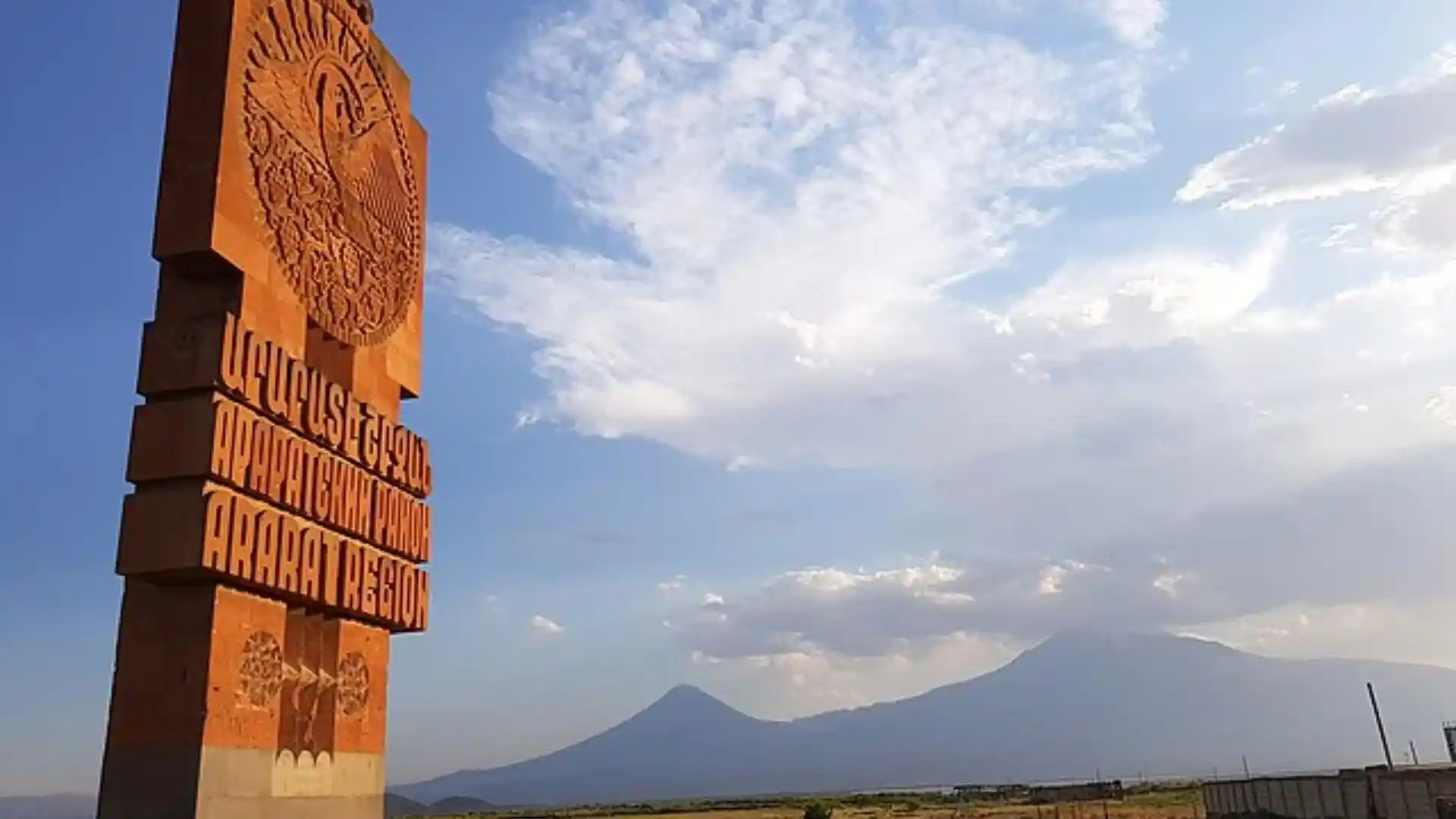
The closure of Şırnak and Hakkâri to tourists are not only due to Turkish-Kurdish fighting, but also the threat of ISIS and Al-Qaeda just shy of four miles shy of the Syrian border.
Although Mount Ararat is a special military zone that requires a fee and a permit to enter, it may offer a safer alternative to those who are still eager to see these religious enclaves.
More Research Is Underway

It will be a long time before there is any confirmation that the Ararat site contains the fossilized ark. In the meantime, archaeologists have reaffirmed that they will continue their research.
Professor Kaya said at the seventh International Ararat and Noah’s Ark Symposium between the AICU and ITU universities: “From now on, we will continue to intensify our work in both Cudi and Mount Ararat.”
